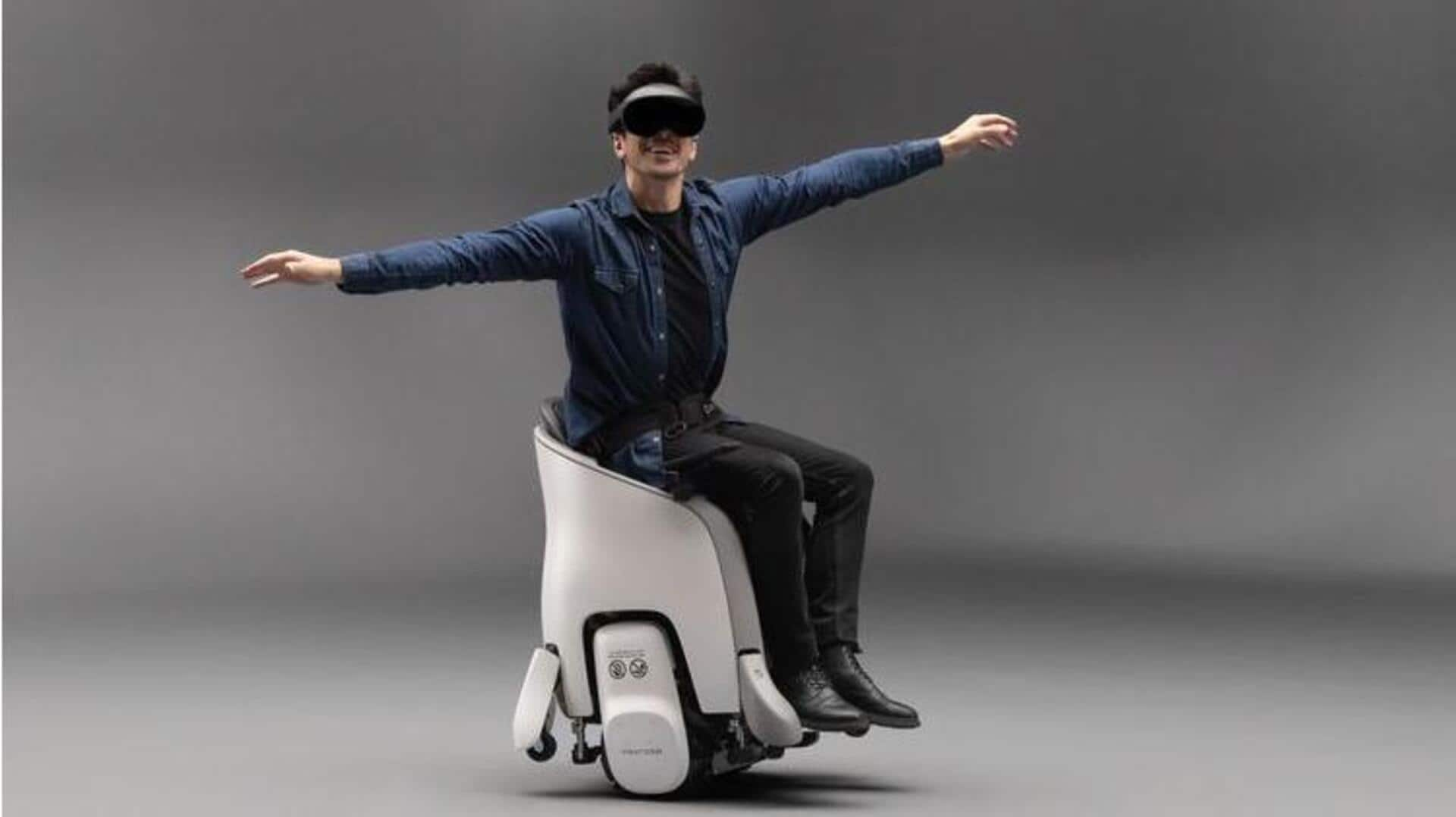
Honda announces 'Extended Reality' experience combining VR and motorized wheelchairs
What's the story
Japanese conglomerate Honda is set to unveil an exciting "extended reality" (XR) experience at the upcoming SXSW event in Austin, Texas. It merges virtual reality (VR) with the company's innovative self-balancing Uni-One wheelchairs. The XR technology aims to take VR to the next level by integrating it with Honda's Segway-like Uni-One mobility device, which reacts to users' movements.
Purpose
Elevating VR with Uni-One mobility device
The hands-free Uni-One device lets users move in different directions by simply leaning and shifting their weight. It can be raised to a "high position" seat height of 701mm, allowing users to be at eye level with individuals who are standing. In "low position," users can steer with a joystick and move at the level of seated people/small children. While the XR technology is designed for entertainment purposes, it's not specifically targeted at individuals with disabilities or mobility challenges.
Usage
Potential applications in malls and theme parks
Honda envisions its XR technology being used in malls, theme parks, and other indoor/outdoor entertainment facilities with plenty of obstacle-free space. The Uni-One is based on Honda's Uni-Cub device, introduced in 2012, which was made to be straddled while allowing users to maintain eye level with standing companions. The Uni-One weighs 70kg, has a top speed of 6km/h, a replaceable lithium-ion battery with up to 8km of range at 4km/h, and a maximum weight capacity of 110kg.
Upcoming
Challenges and future of Honda's XR experience
The success of Honda's XR experience hinges on whether shopping malls and other venues are willing to create spaces that allow the Uni-One chairs to operate freely. Current VR booths in malls are mostly stationary or require users to sit in confined spaces. It remains to be seen if the XR experience will resemble a low-speed demolition derby in which racers will crash into each other, or a Ready Player One scenario with personal treadmills.